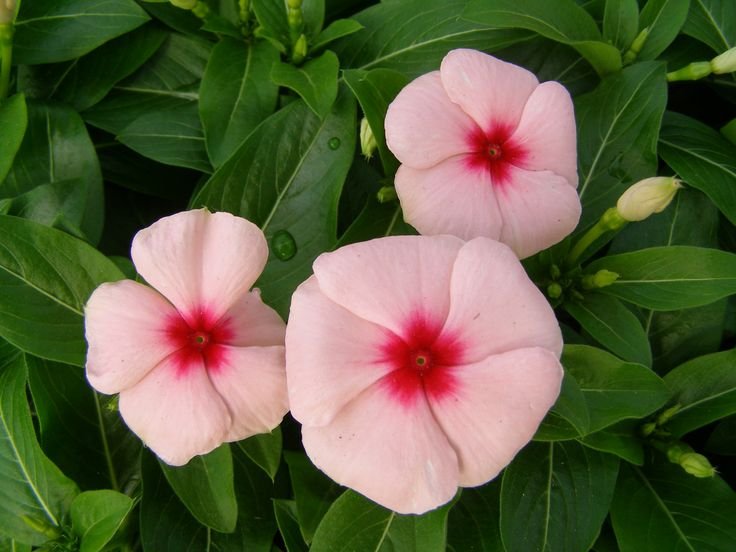
Lesser periwinkle (Vinca minor) belongs to the dogbane family (Apocyanaceae). It is a perennial evergreen viny subshrub, 15-20 cm high. It is creeping but never twining or climbing. The plant has opposite, elliptic to lance-shaped, shiny dark green leaves that grow up to 5 cm long with a leathery texture.
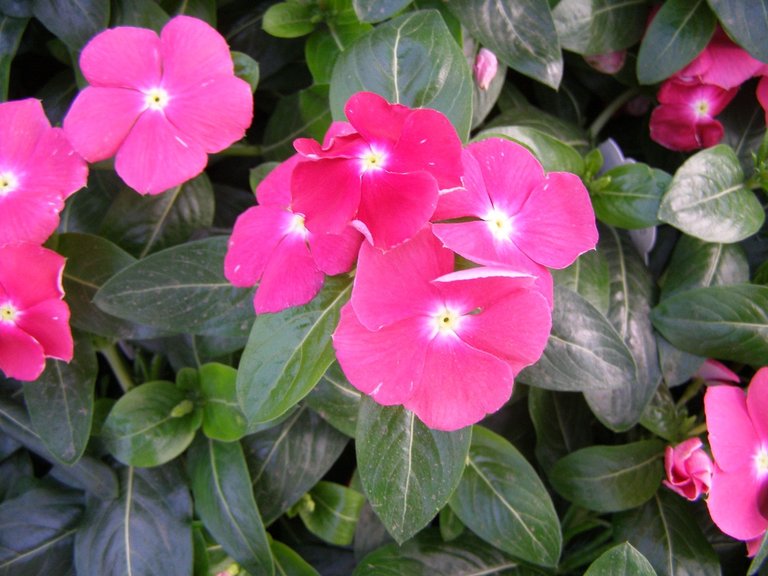
The 2-3 cm sky-blue and funnel-shaped flowers are produced continuously from May to October. The flowers have two follicles (a dry unilocular fruit formed from one carpel), containing numerous seeds. There are numerous cultivars of periwinkle each with different flower colors (blue, white, pink, etc.) and variegated foliage.
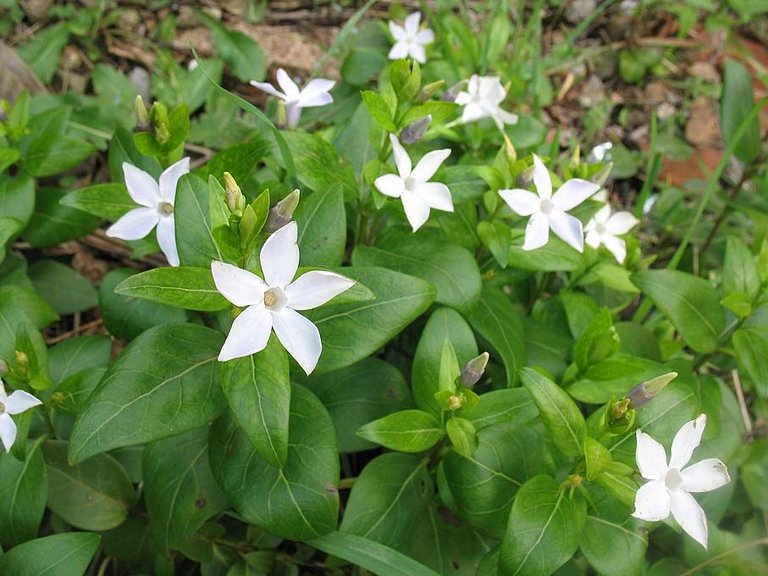
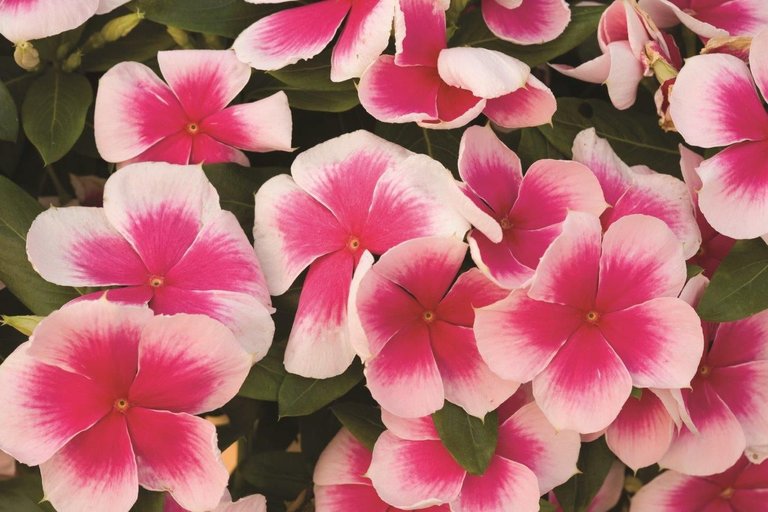
Periwinkle is originally native to Central and Southern Europe, from Denmark to Spain and east to West Asia. Lesser periwinkle was introduced to North America in the 1700s for ornamental purposes.
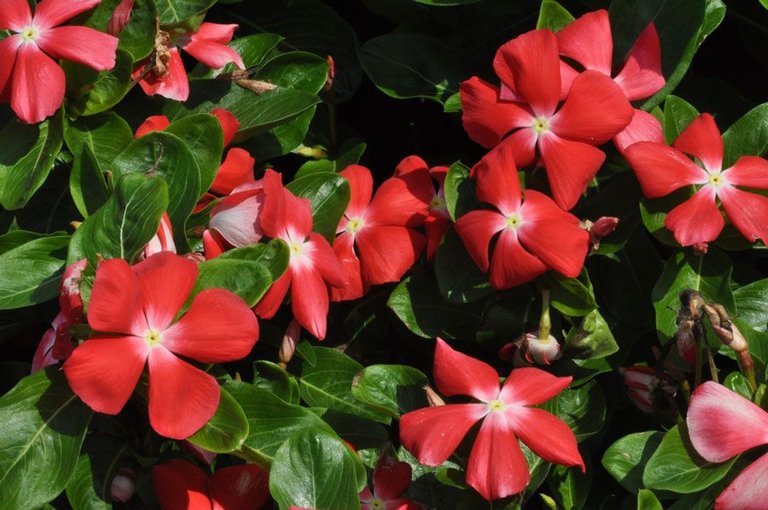
The leaves or the whole above-ground parts of the lesser periwinkle are used in herbal medicine. Both the flowering and non-blooming shoots are harvested and dried as quickly as possible at a temperature up to 45 ° C.
The dried plant material can be used for extracts, liquid extracts, powder, and tinctures. Periwinkle was already referred to as medicinal plant at the time of Pedanius Dioscorides (1st century AD), who recommended the use of the herb for a toothache and poisonous insect stings and animal bites.
Congrats, you have won the Silly Sausage Award for your comment. Great pics and info.